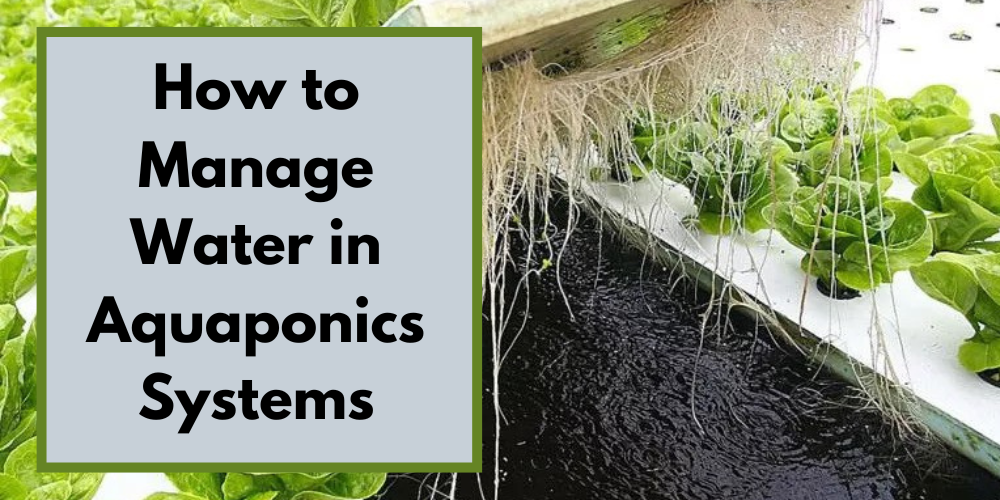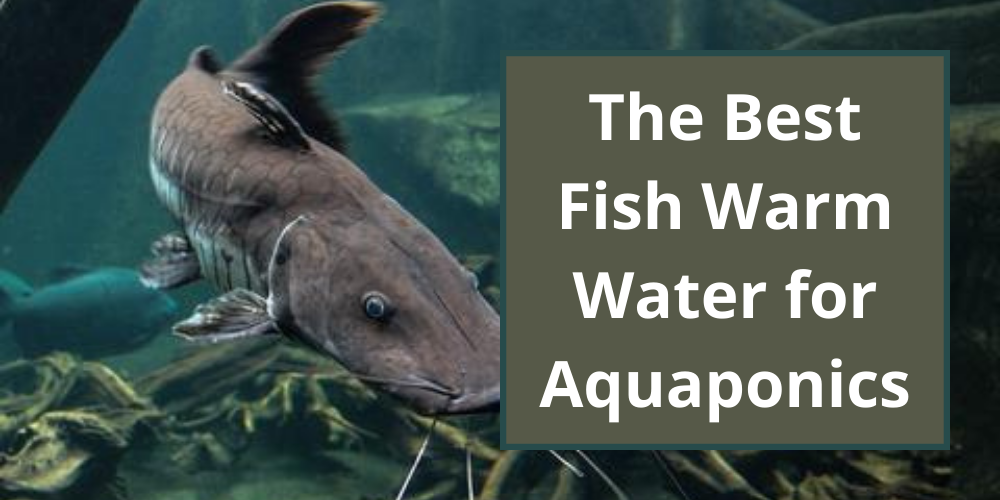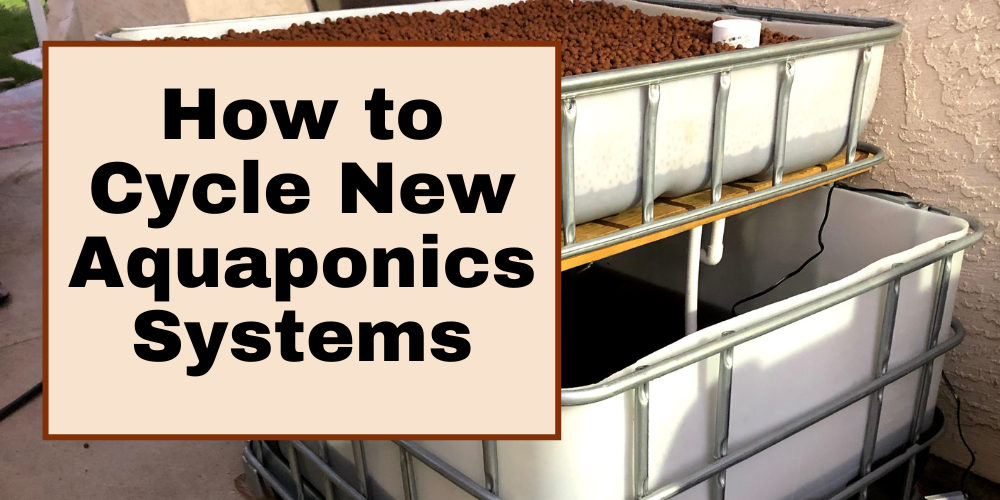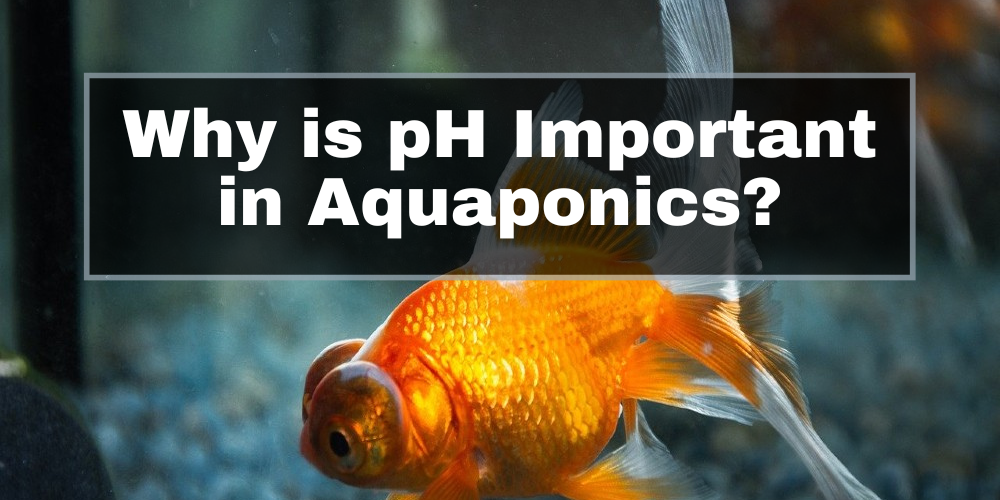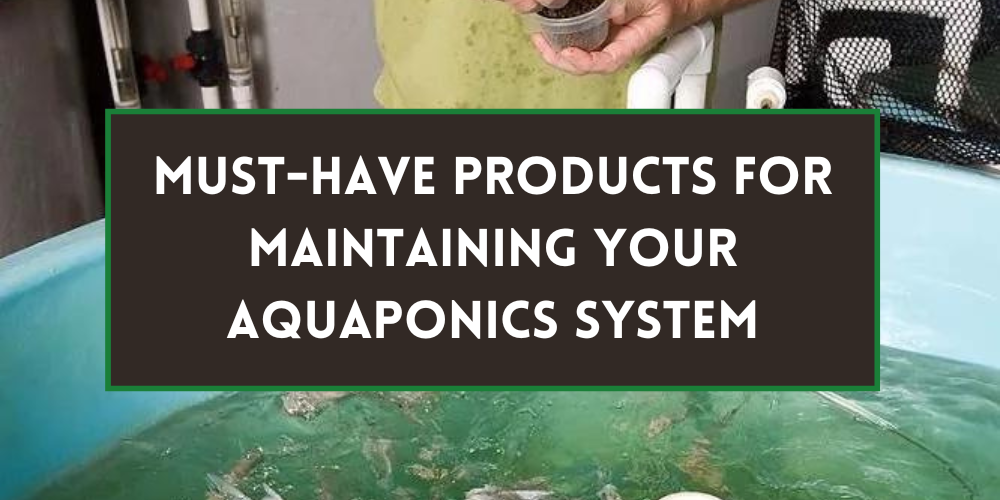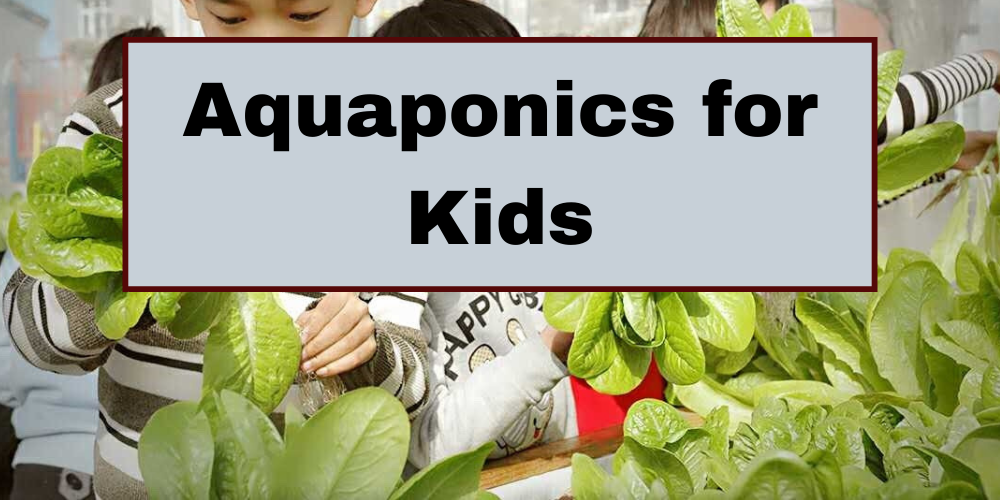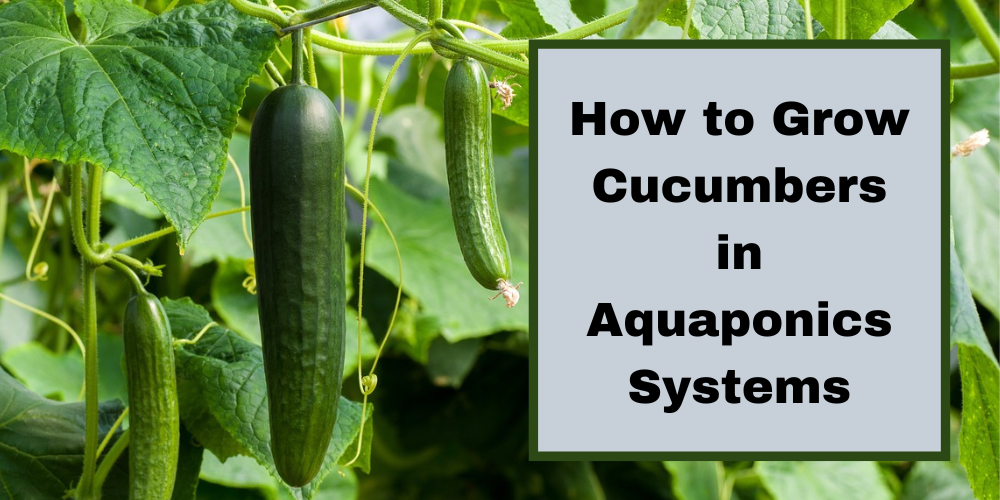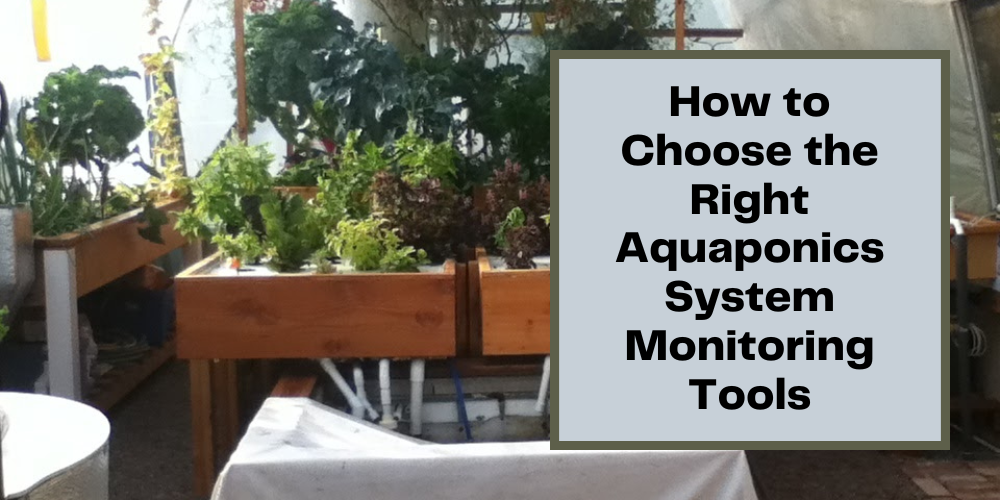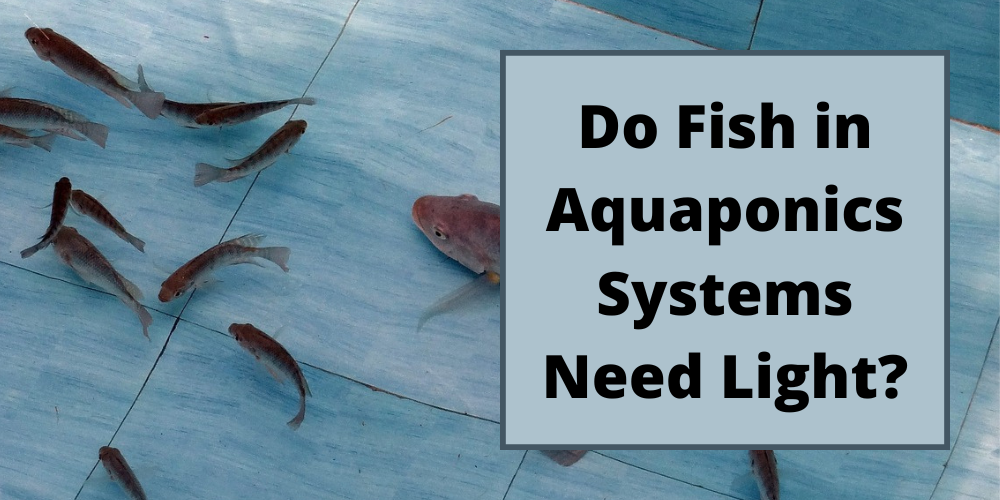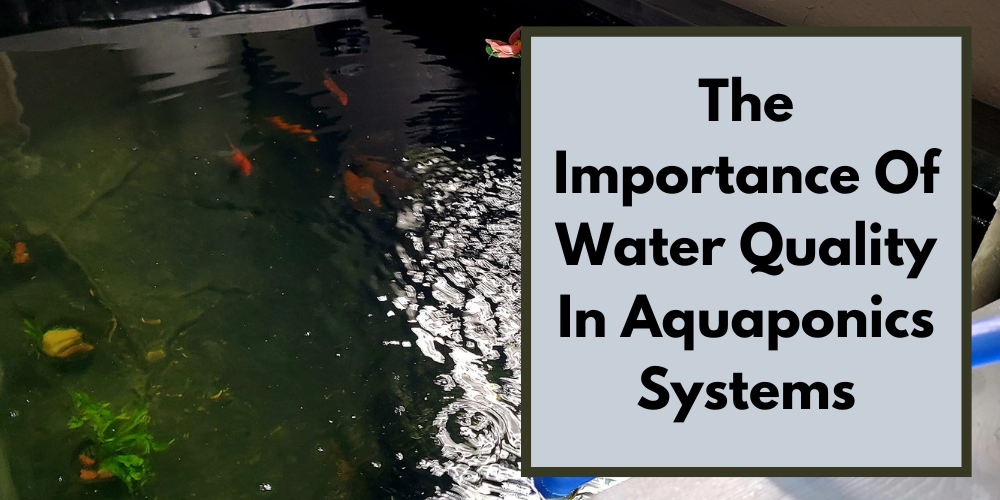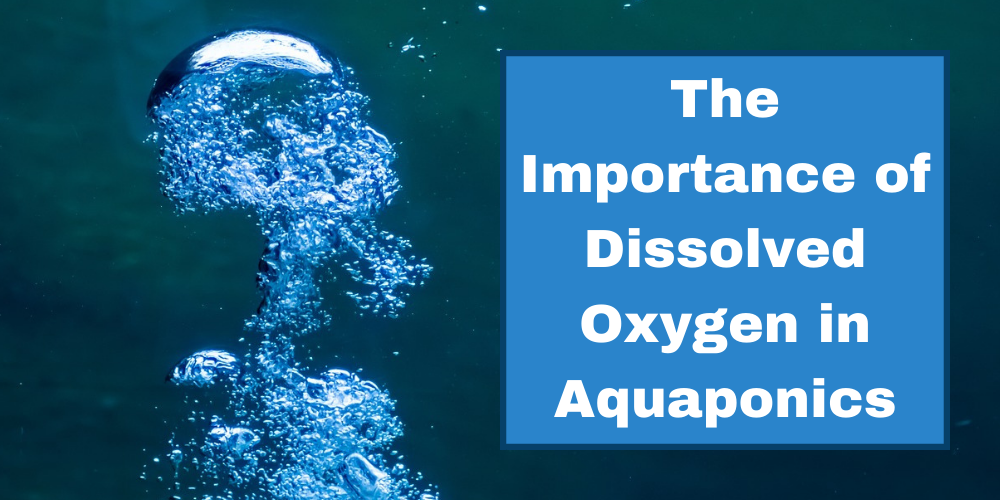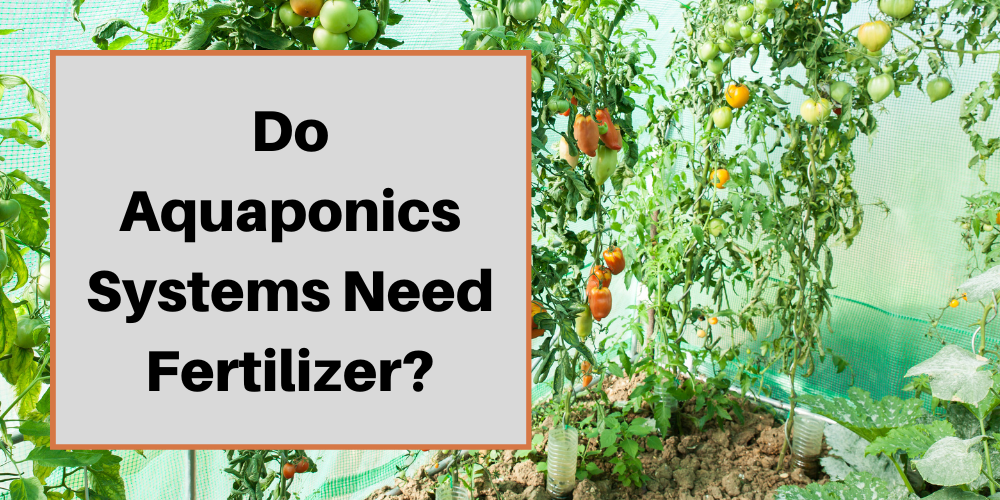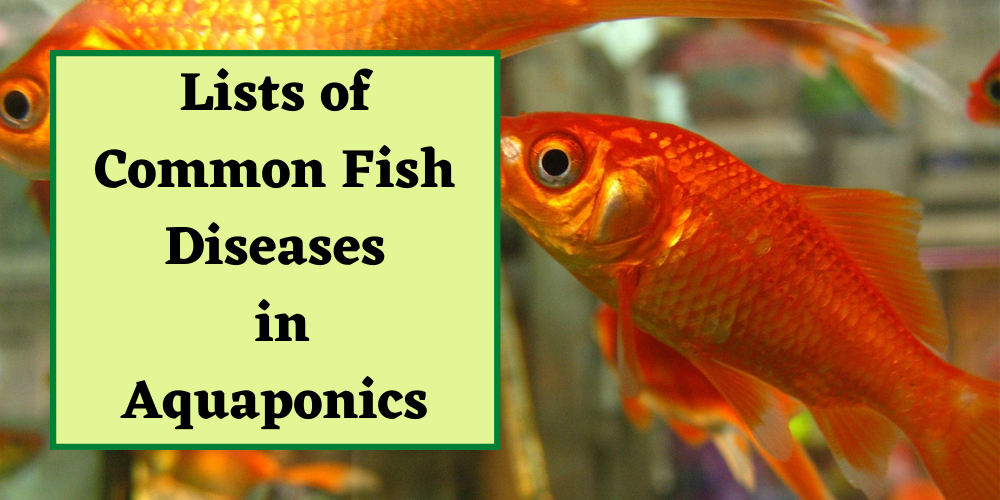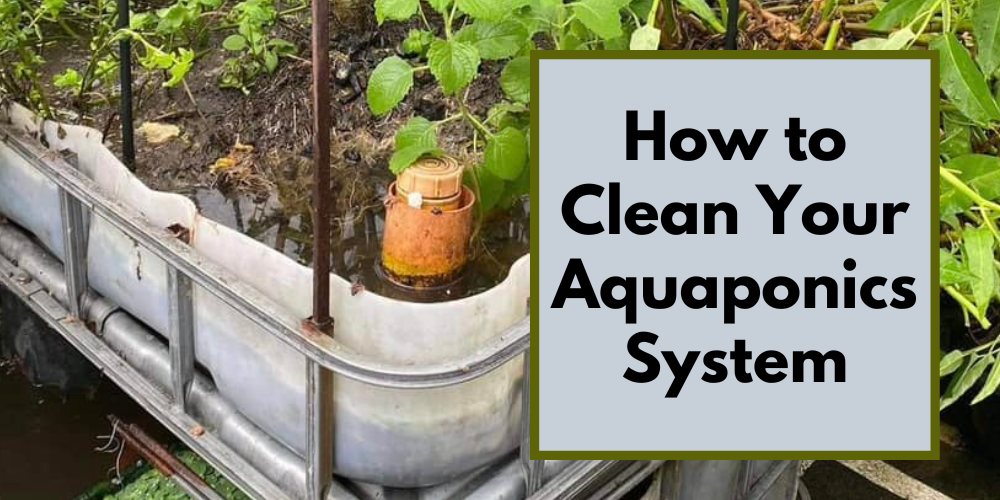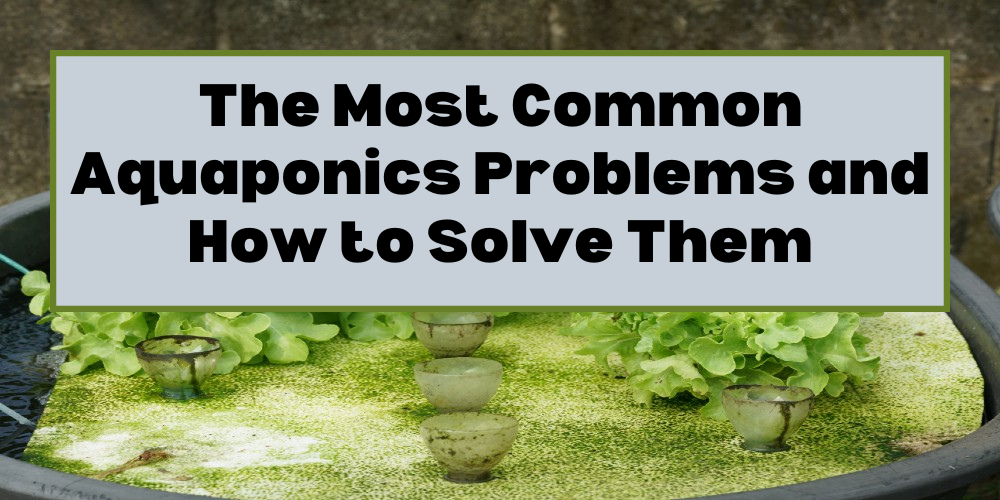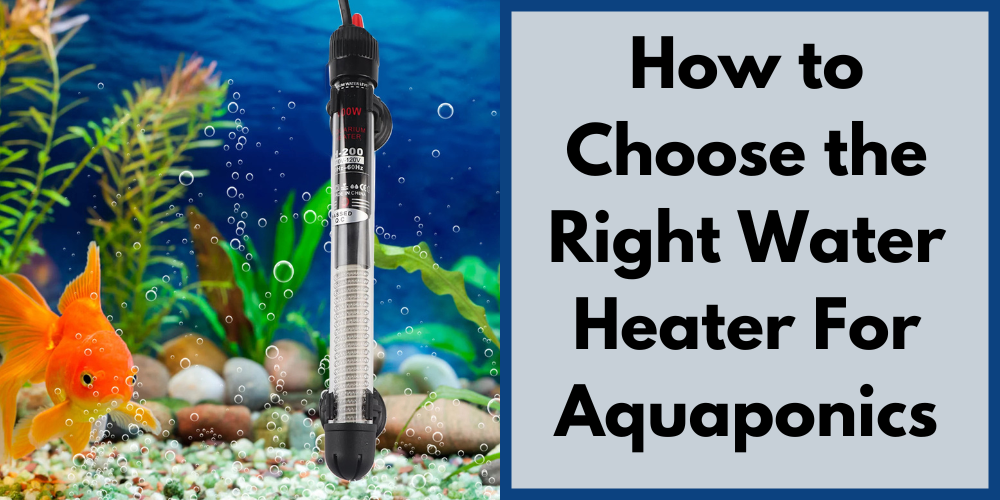Go Green Aquaponics Blog
Learn how to safely remove chlorine and chloramine from tap water to protect your fish, plants, and bacteria. Discover the best dechlorination methods, common mistakes to avoid, and pro tips for maintaining a thriving aquaponics system.
- November 21, 2025
Discover actionable tips for effective water management in aquaponics systems. Learn about pH balance, dissolved oxygen, nutrient cycles, and water conservation methods to keep your fish and plants thriving.
- November 21, 2025
Discover the best fish for warm water aquaponics systems, including tilapia, catfish, carp, bass, and perch. Learn about their benefits, growth rates, and compatibility to optimize your sustainable food production.
- November 21, 2025
Explore the essential methods and considerations for cycling new aquaponics systems in our comprehensive guide. Learn the importance of patience, monitoring water quality, and troubleshooting common issues for successful ecosystem establishment.
- November 21, 2025
pH is the heartbeat of every aquaponics system. Learn how to balance it for healthy fish, strong plants, and a thriving ecosystem—without confusion.
- November 21, 2025
Discover the nine essential tools every aquaponics beginner needs to keep plants thriving, fish healthy, and water clear, making maintenance simple.
- November 21, 2025
Discover how aquaponics can spark curiosity, learning, and sustainability in kids! This beginner-friendly guide explores fun, hands-on systems that teach children how fish and plants work together, perfect for classrooms, homeschooling, or weekend science projects.
- November 21, 2025
Choosing the right water pump can make or break your aquaponics system. In this beginner-friendly guide, you'll learn exactly how a pump supports healthy plants and fish, what features to look for, and how to avoid the most common mistakes.
- November 21, 2025
Discover how to grow cucumbers in aquaponics systems for sustainable and efficient cultivation. Learn about system setup, plant care, and troubleshooting. Harvest fresh cucumbers with tips on readiness and post-harvest care. Embrace aquaponics for optimal cucumber production.
- November 21, 2025
Choosing the right aquaponics monitoring tools ensures optimal water quality and system health. From manual test kits for affordability to digital meters for precision and automated systems for real-time alerts, each option has its benefits. This guide covers top-rated tools, features, and pricing to help you find the best fit for your system.
- November 21, 2025
While plants in aquaponics rely on light for growth, fish have different needs. Do they require light for health, activity, or breeding? In this blog, we explore how fish respond to light, its impact on water quality, and common myths. Plus, we share best practices for maintaining a balanced light cycle to keep your aquaponics system thriving.
- November 21, 2025
Discover the importance of water quality in aquaponics systems. Learn how to monitor key parameters, manage water conditions, and ensure a thriving ecosystem for healthy fish and productive plants.
- November 21, 2025
Discover the importance of dissolved oxygen in aquaponics and learn how to maintain optimal levels for healthier fish, faster plant growth, and a thriving ecosystem. Get expert tips on aeration, monitoring, and system design.
- November 21, 2025
Learn how to maintain nutrient balance in your aquaponics system. Discover best practices for feeding, monitoring, and system design to ensure healthy plants and thriving fish without the need for traditional fertilizers.
- November 21, 2025
Within an aquaponics system is a delicate ecosystem composed of fish, bacteria, and plants. For everything to work perfectly, each part of the system must be balanced and healthy. Fish are required to be healthy to produce ammonia that is converted by the bacteria into nutrients for the plants.
- November 21, 2025
Discover essential tips for cleaning and maintaining your aquaponics system. Learn how to ensure optimal performance, balance water parameters, and promote the health of fish and plants. Start cultivating a sustainable and thriving ecosystem today!
- November 21, 2025
Explore effective strategies for troubleshooting common problems in aquaponics, from water quality management to pest control. Learn how proactive monitoring, regular maintenance, and continuous education can help you maintain a thriving and sustainable aquaponics system.
- November 21, 2025
Learn how to choose the best water heater for your aquaponics system. Explore types, sizing tips, and energy-efficient options to keep your fish and plants healthy.
- November 21, 2025




